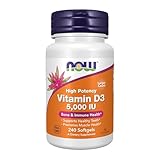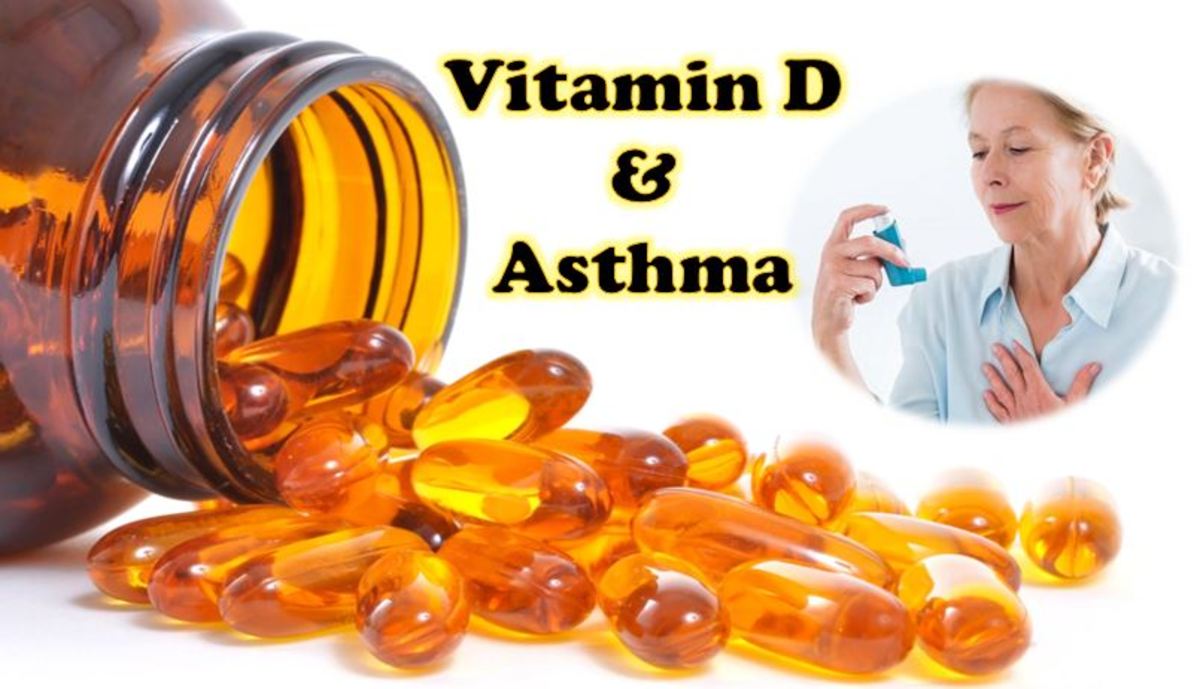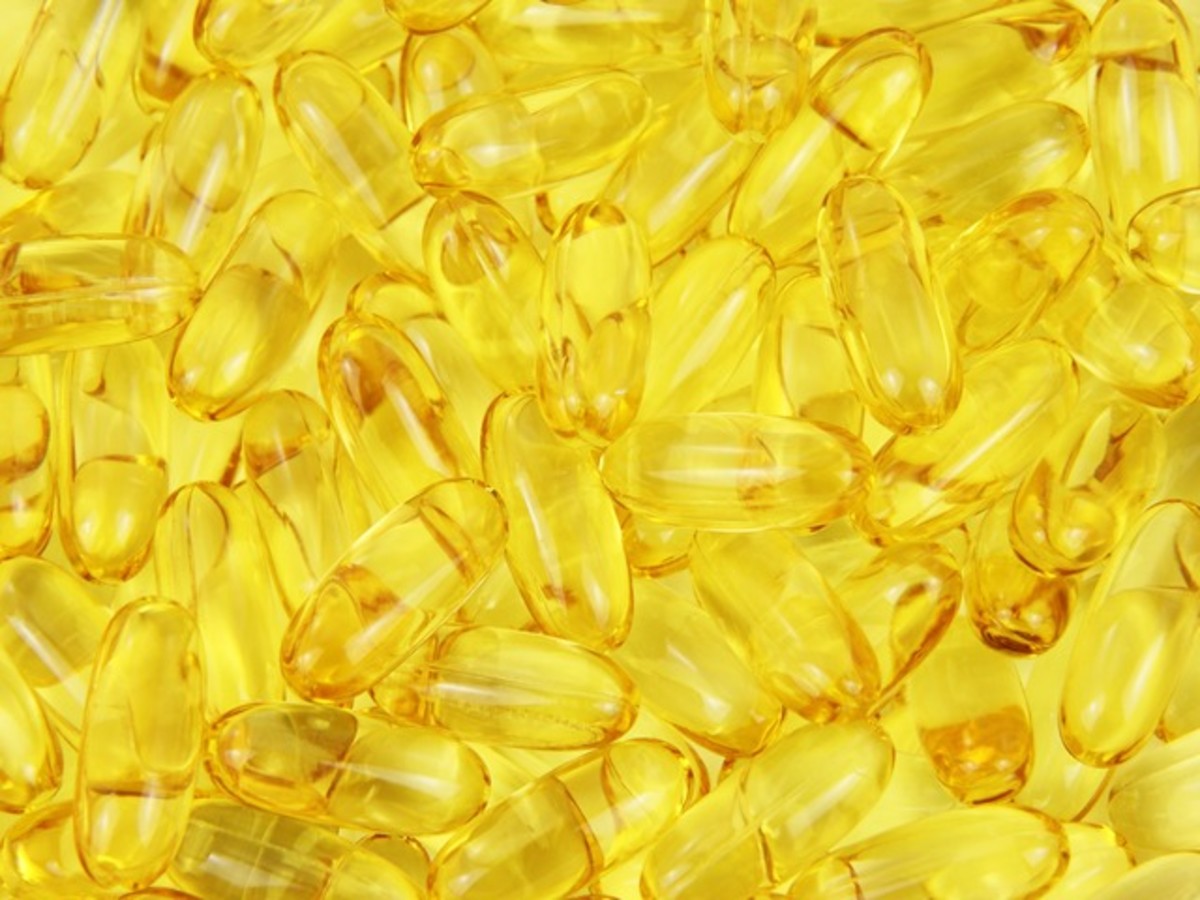Vitamin D Supplements: Everything You Need to Know
A Growing Concern Over Vitamin D Deficiency
Recently Yahoo released a list of the ten most searched for vitamins and supplements. Ranking #1 on the list was vitamin D, reflecting a growing concern about possible deficiencies.
If you’re worried about being too low on vitamin D, there are several sources to ensure you’re getting enough of the vitamin. From natural sources like sunlight and foods to vitamin D supplements, here’s everything you need to know.
Foods and Natural Sources of Vitamin D
Perhaps the most well known natural source of vitamin D is sunlight. The problem is that the sun’s ability to provide us with the vitamin is often factored by cloud covering, sunscreen, dark skin, and even pollution. Because of this it may be necessary to look for other sources.
Even though the sun gets the most credit for delivering vitamin D into our bodies, there are a number of foods that are rich in it as well. You may have noticed milk, orange juice, and other foods that have been fortified with vitamin D, but other foods such as fish have naturally high levels of the vitamin.
Studies have shown that just three ounces of fish such as swordfish or salmon can provide 100% of your daily value of vitamin D — up to 400 international units (IUs). Similarly 1 tablespoon of cod liver oil can contain three times as much vitamin D as the fish itself.
Other dairy products including margarine, yogurt, and even cheese can provide some amount of vitamin D. It is also common for cereals to be fortified with as much as 40 IUs of vitamin D per serving.
Vitamin D Synthesis

Vitamin D and You
Are You Worried About Vitamin D Deficiency?
Vitamin D Supplements
Depending on your diet and exposure to sunlight, it may be necessary to take vitamin D supplements to prevent deficiencies. Vitamin D supplements come in a wide range of doses offering the right amount to meet your needs.
There are a number of factors that can affect the amount of IUs you should take of vitamin D, the first being age. It is recommended that older adults intake a higher amount of vitamin D than younger adults.
Daily Recommended Vitamin D Doses
Age
| Dose (daily, in IU)
|
|---|---|
0-1 Year
| 400 to 1,000
|
1-18 years
| 600 to 1,000
|
19+ years
| 1,500 to 2,000
|
Are You Vitamin D Deficient? Find Out
Vitamin D Overdose?
One thing to be aware of is the possibility of overdosing on vitamin D. Taking too much vitamin D for a sustained amount of time could lead to toxicity. Having a vitamin D toxicity could lead to a number of symptoms such as calcification of organs, kidney stones, and even bone loss. Though some studies have shown that levels up to 10,000 IUs a day can still be safe, other recommendations say an intake of 5,000 IUs of vitamin D daily are more reasonable for those over the age of nine.
Vitamin D Toxicity
Age
| Tolerable Upper Intake Levels (daily, in IU)
|
|---|---|
0-6 months
| 1,000 IU
|
7-12 months
| 1,500 IU
|
1-3 years
| 2,500 IU
|
4-8 years
| 3,000 IU
|
9+ years
| 5,000 IU
|
In Summary
Vitamin D can be obtained through many natural sources including sunlight, fish, dairy products, and other food sources. However, depending on several factors, it may be necessary to take vitamin D supplements to prevent deficiencies and the associated ailments. Proper doses will depend on one’s age and situation, and it is possible to take too much. If you have any doubts about the dose of vitamin D you are taking, you should consult a doctor to avoid serious complications.









